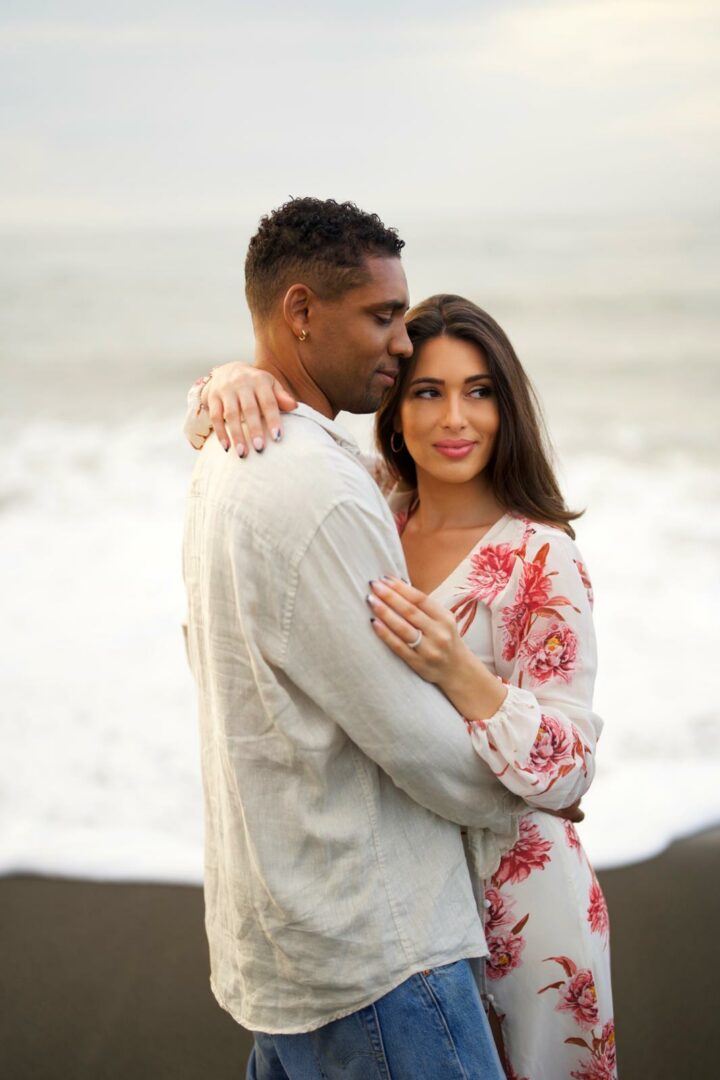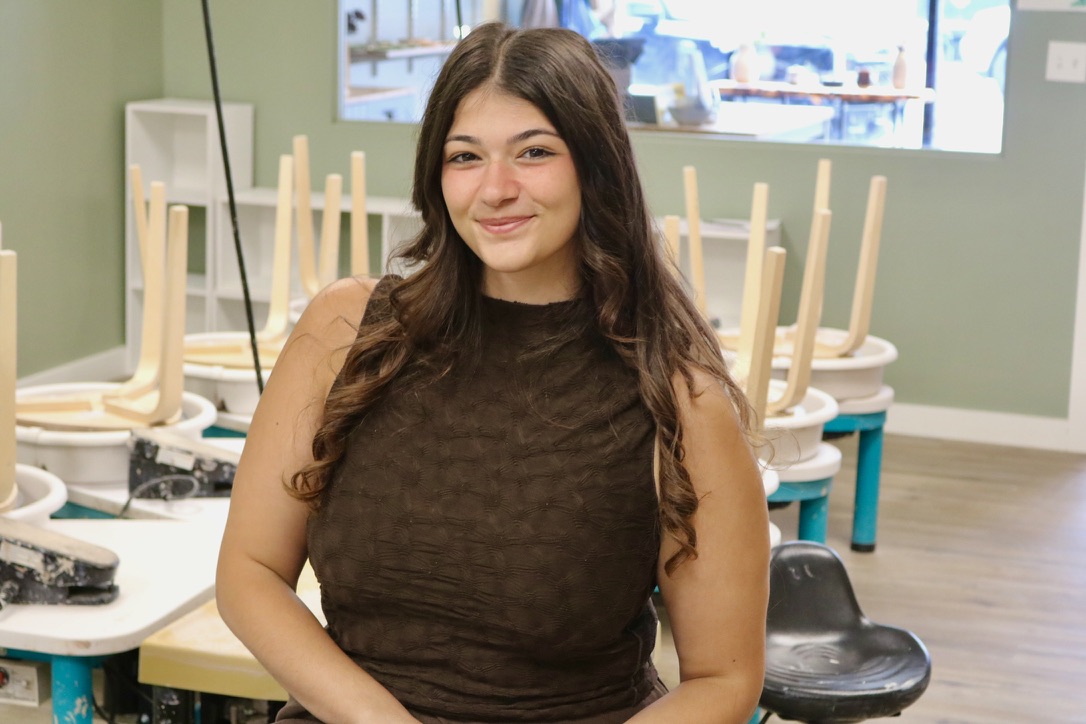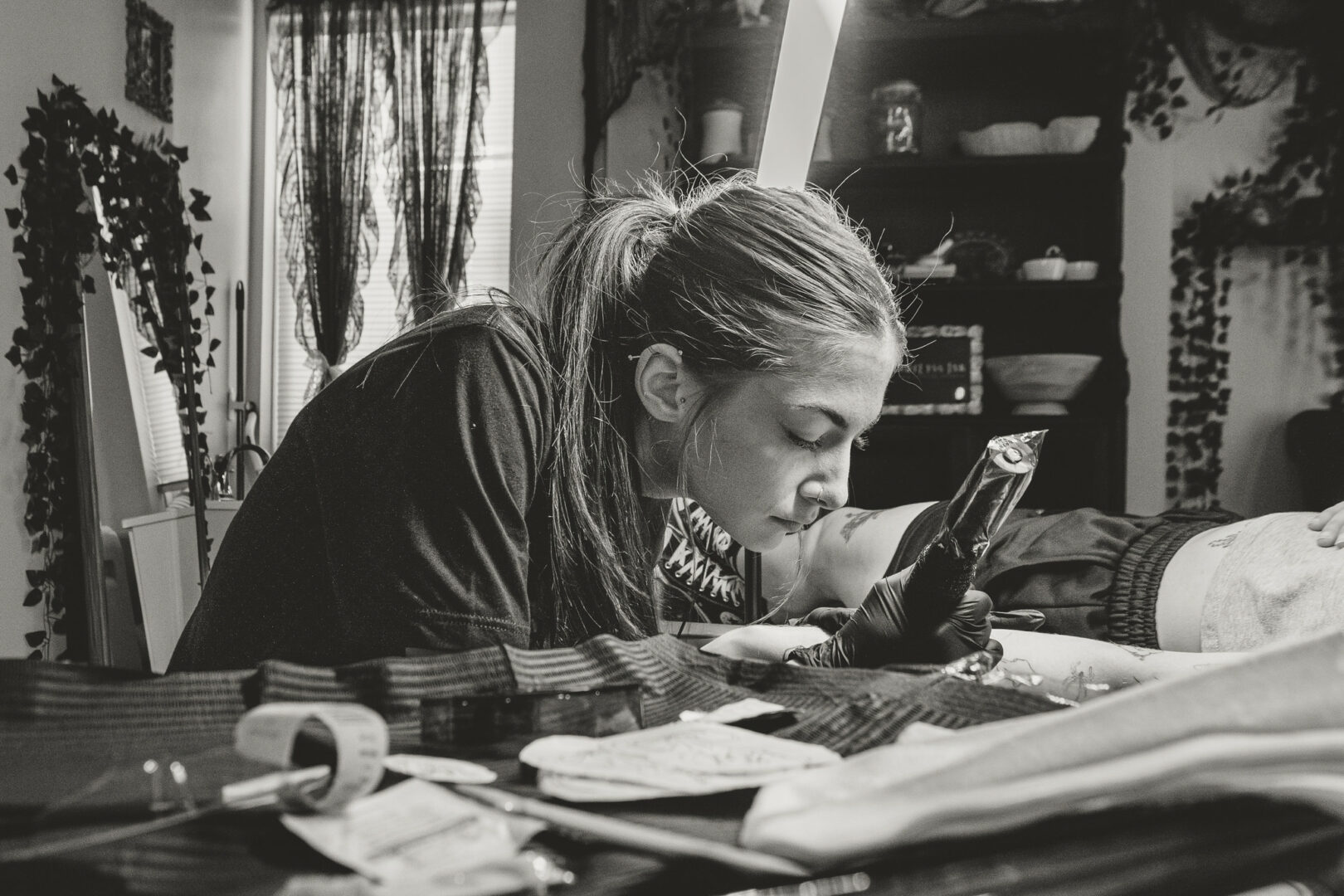Alright – so today we’ve got the honor of introducing you to Matthew Blong. We think you’ll enjoy our conversation, we’ve shared it below.
Matthew, we’re thrilled to have you on our platform and we think there is so much folks can learn from you and your story. Something that matters deeply to us is living a life and leading a career filled with purpose and so let’s start by chatting about how you found your purpose.
It took a quarter-century of personal growth and exploration to identify my superpower.
It’s reflected in the name of the company I run today, Charting Transcendence.
For as long as I can remember, I’ve felt a strong, romantic passion for experiences that cut across time, place, and feeling. I began traveling independently in my teenage years, exploring and documenting my discoveries. This eventually evolved into a passion for photography and photojournalism, which I pursued as an undergraduate at Yale.
It was my senior year when the planes hit the towers on 9/11.
Wanting to pursue travel further with a patriotic bent, I signed up for service overseas, spending the bulk of my 20s in the State Department as a foreign service officer, putting my photography and burgeoning interest in art largely aside.
Bureaucracy turned out to be limiting and depersonalizing, so when I turned 30, I pivoted again, this time towards global business. I returned to school, got an MBA, then spent another half-decade abroad representing multinational companies. I traveled frequently and widely, fueling my inspiration, yet leaving me little outlet to share the passion I was feeling. I was also slowing burning out as a long-term expatriate, bereft of community and struggling to connect with deeper meaning.
Simultaneously I was growing more aware of a broader transformation that had taken place over the course of over 10 years abroad: by exploring the world on my own terms, I had become quite adept at interpreting and contextualizing art.
One day at the beginning of 2017 I googled “art business programs” and almost immediately was sold on moving to New York City. This is where I cut my teeth as a connoisseur of contemporary art.
Yet even after delivering the commencement address on behalf of my program at Sotheby’s Institute of Art, I was befuddled by where my gifts best fit in the formal “art world,” given its insularity, exclusivity, and obsession with privilege.
I wandered down many dead-end paths looking for a way to “break in”. I was terribly overqualified for entry-level jobs… while not seeming to fit the profile of mid-level to executive roles. Given my background in industries unrelated to art, I was misunderstood and discouraged by many in the art world around me.
I lost my way. When the pandemic hit, I was 40 and making cold-call insurance sales in Chicago.
I’d essentially given up on a career in art.
I knew it didn’t feel right. And so I turned inward, reflecting on myself, seeking answers in literature, music, and art.
Slowly, I built up the courage and imagination I would need to declare that what I had been experiencing was powerful and real, and that my path up until that point qualified me to contribute.
The final straw in my resistance to an entrepreneurial path came at the Dallas Museum of Art in February 2023 upon my first encounter with paintings by self-taught artist Matthew Wong, a brilliant synergist of eastern and western, classical and contemporary influences, who struggled with mental health issues and passed away in 2019.
By understanding Wong’s journey and desire to situate himself in an art historical context by learning how to paint, I realized that I had also been searching for myself through the process of looking at art for a very, very long time. Moved to tears by these exquisite paintings by a young man who I felt had similarly struggled to find his place in the world, I had finally arrived and come full-circle to my true self.
A year later, I’m living in Miami, working with collectors and artists, and traveling across the continent as an art advisor, consultant and guide.
Great, so let’s take a few minutes and cover your story. What should folks know about you and what you do?
Charting Transcendence, Inc. is an art advisory firm that guides clients intuitively towards meaningful art experiences and valuable acquisitions through a personalized “outsider’s insider” approach. The company offers a full suite of services: From art education and tours, to consultation on buying to curation and collection management.
I take pride in calling myself an “outsider’s insider” because, despite my “insider” knowledge about art (especially contemporary) as well as a keen understanding of the market’s mechanics, I remain an outsider armed with critical insight as to how the art world’s structure is predicated on unwritten codes of exclusivity and prestige.
My family doesn’t have a famous name, nor did I even grow up appreciating or exposed to art all that much, nor did I work my way up the ranks of an auction house, gallery, or other advisory firm. Yet I have explored the world of art quite extensively in my own idiosyncratic way. And I’m happy to share how I’ve done this with others who might otherwise struggle to assign their own meaning to acquiring and living with great art.
I’ve found this a sorely welcome approach to share with both new and experienced collectors, and I am slowly becoming more recognized for the years of legwork I did in exploring the world of art before arriving at my career.
Feeling like an outsider comes naturally to me, given the years I lived abroad, so the inherent self-consciousness and sense of being “not enough” initially discouraged me from taking the professional leap, even after having graduated with honors from a prestigious art-business program.
Yet once donning this title of “outsider’s insider,” I realized I could disrupt, on my own terms, the nebulous and often opaque advisory industry through strategic and structural choices, thereby setting Charting Transcendence apart from competition.
Case in point: most art advisors I know are based in (or near) New York. I chose to stay based in Florida (where I had been living for several years) and Miami in particular. It’s much easier to run a business here, and Florida is one of the country’s most dynamic states in terms of cultural and population growth, as well as a critical nexus for intercontinental cultural exchange. Nearly all serious collectors pass through here at some point during the year, especially for Art Basel.
Although Miami’s gallery scene is still relatively small compared to New York or L.A., it’s growing rapidly. The city reflects the aspirations of development in the 20th century and is in the front lines of the major challenges of the 21st (e.g. culture wars, politics, climate change). And because I’ve been traveling regularly for most of my life anyway, it’s no problem for me to hop on a plane to see art or meet clients in different parts of the country (including the art world’s undisputed capital, New York, which I typically visit every other month.)
One thing that recently occurred to me is how I’ve allowed my eye as a photographer to “frame” and critically assess the massive amount of art I’ve seen. This in turn has given me the tool set and information needed to follow the careers of many contemporary artists for long enough, from modest acclaim or relative obscurity, towards the point at which they explode into international superstars. Although no one has a crystal ball that can say which artists will become “hot,” the more your eye is informed by what art has been popular in the past, the more you can try to prognosticate the most promising artists and artworks for clients to acquire for the future.
I also wanted to give my business a poetic name; after all, most advisors form eponymous LLCs that come off as stuffy or elitist. And I didn’t just pick “Charting Transcendence” out of a hat, but rather came to it after deep contemplation of my life’s journey through the prism of Jungian archetypes. Charting speaks to my predilection for exploration, mapping, and contextualization of my surroundings, while transcendence is about how I’ve always been drawn to romance, displacement, and the power of an image or experience to transport me beyond the present time or place.
So not only is the name of my business my superpower, it’s also a skill that I’m confident I can impart to others by sharing with them my love for art and art experiences.
If you had to pick three qualities that are most important to develop, which three would you say matter most?
Trusting my own instincts is the most impactful and difficult quality of my practice that I’ve learned to embrace, likely because prior professional experience had taught me to be critical, doubt, or play “devil’s advocate.” Knowing I could trust myself when it came to the quality of art I was seeing and how deeply it was speaking to me took a long time to accept. Learning to do this as a practice continually validates my desire to be a connoisseur and expert in my field.
Secondly, I would encourage those seeking to work in the art market to develop a practice of seeing as much art as possible. It’s hard work to do this consistently, and it takes patience and stamina. Museums are my preferred way to learn about art, though I love galleries too. Either way, you’ll get a workout of steps in. Books, documentaries, and Instagram are also great when you don’t have access to public art spaces, although ultimately there’s no substitute for seeing art in person. While you shouldn’t try to see everything, do prioritize what you love while staying open to things you know nothing about, because you never know when an encounter with art will impact your world-view and ultimately your life’s trajectory (which happens to me regularly, these days – in fact it’s how I often make the case to clients that certain art is truly “great.”)
Finally, it’s critically important to have a community that supports you and your creative journey. The network that will serve you in the long run, even if you have strong connections inside the “art world” to begin with, takes time to build and requires continuous improvement. Not everyone is going to “get” what you’re trying to do, and that’s fine. Certainly, many who’ve known me think I’m an “odd duck” and aren’t even sure why I chose the path I did.
Hopefully by reading this interview they get a better sense of my journey, but even if not – that’s fine. I know that many people do, and I have a long career ahead of me making meaning out of all the lessons I’ve learned.
Tell us what your ideal client would be like?
Although I’m happy to work with collectors of all levels and ambitions, my ideal client would desire to learn how to let their life’s meaning guide them towards transcendent art experiences and acquisitions. This means approaching me with the right blend of having a notion of where you want to go, being curious and open to the journey, and patient enough for me to guide them there. After all, artists are essentially shamans with tremendous transformative power, and I’ve learned how to let their gifts guide and speak to me.
What could suffice as a starting point for our work together might be the notion of their lingering somewhat longer in front of a particular piece of art, in a museum or gallery, for whatever reason, then inquiring into the impetus behind that. In any given piece of art I encounter, my mind is constantly connecting it to ideas and art I’ve seen elsewhere, so that way I can lead the client down different paths, depending on where they want to go.
The client should be curious and desire to put in some time and effort towards getting exposed to new artists; that way I can make the most out of the transformative experience that art provides. Having access to a space (home, office, or other) that generally provides a backdrop for display would ensure that the art we acquire would remain visible and accessible — that’s always better than stashing it away where no one can enjoy it.
Ideally, the client does not fashion themselves an “insider” or “know-it-all” with preconceived notions of what is good based solely on the market, popular tastes, or wanting to emulate their neighbor’s collection, but rather someone like myself — a one-time “outsider” who strives for insider knowledge and to engage with the art on their own terms.
Finally, having disposable income and viewing art as an alternative form of investment is very helpful in a serious approach to collecting, although not essential, for I also enjoy the challenge of working with clients on very limited budgets to find the perfect piece for their needs — something that speaks deeply to them and that transports them beyond the present moment when they look at it.
Contact Info:
- Website: www.chartingtranscendence.com
- Instagram: https://www.instagram.com/chartingtranscendence/
- Linkedin: https://www.linkedin.com/company/94275612/admin/feed/posts/
- Youtube: https://www.youtube.com/@ChartingTranscendence
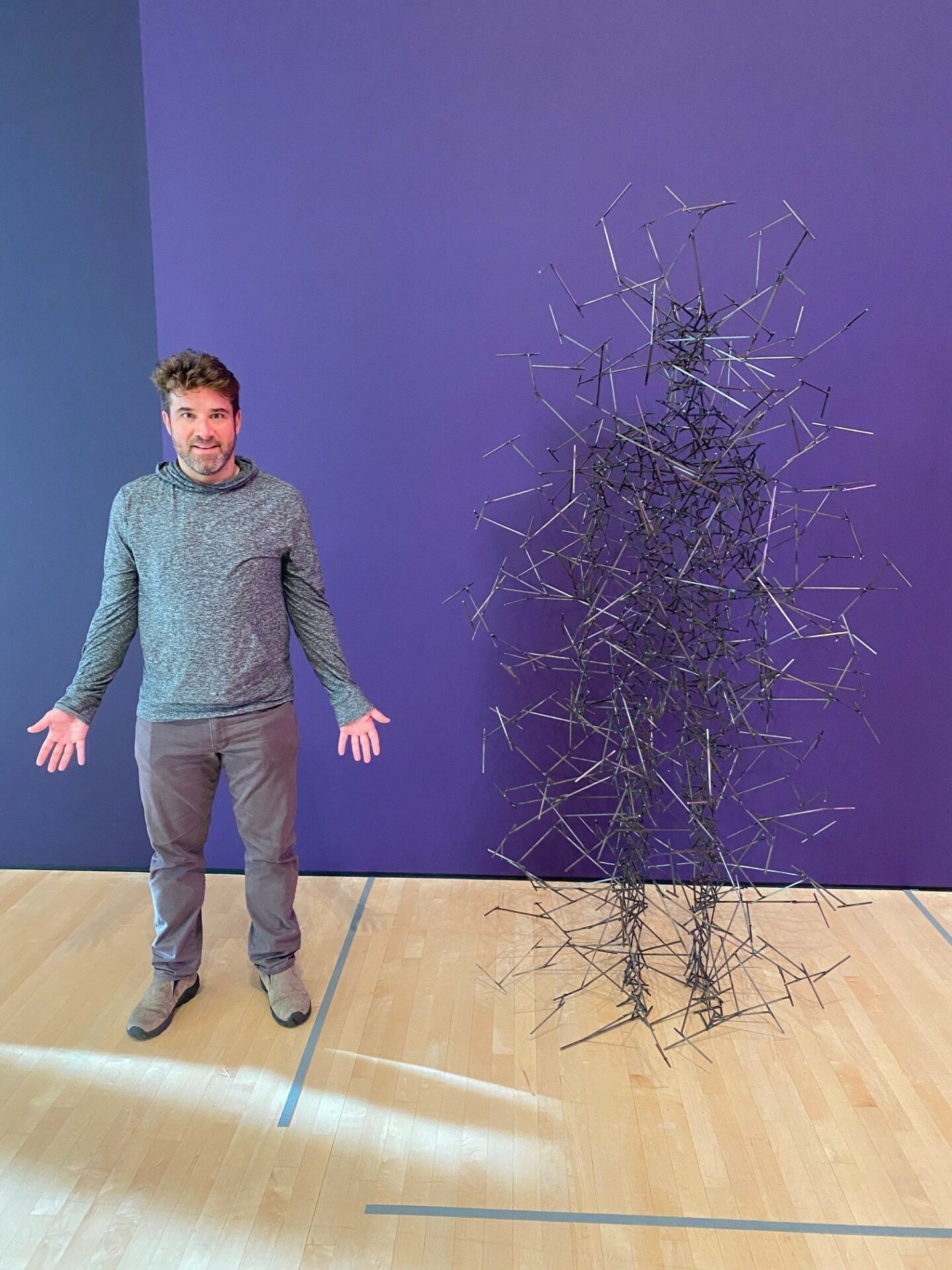
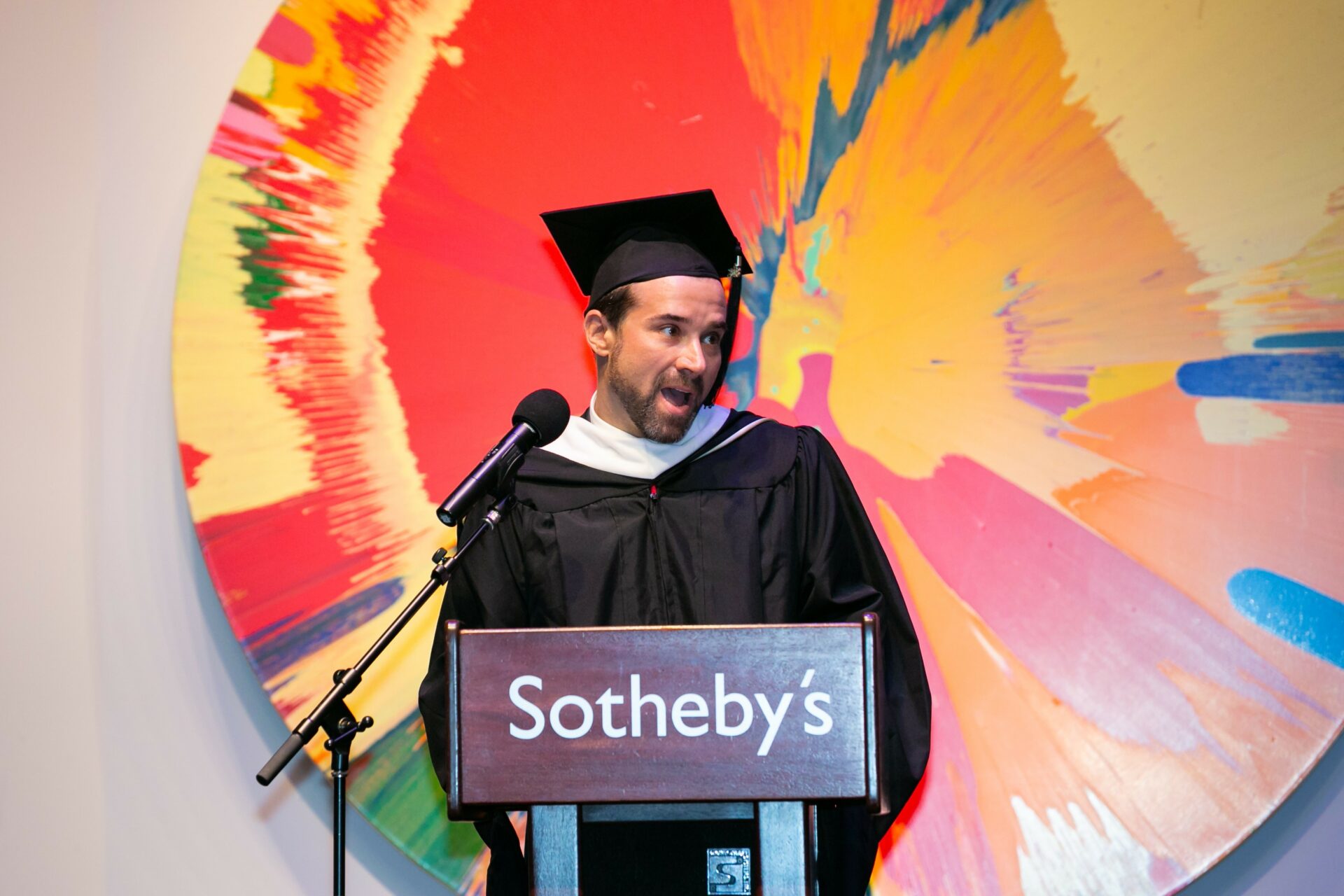
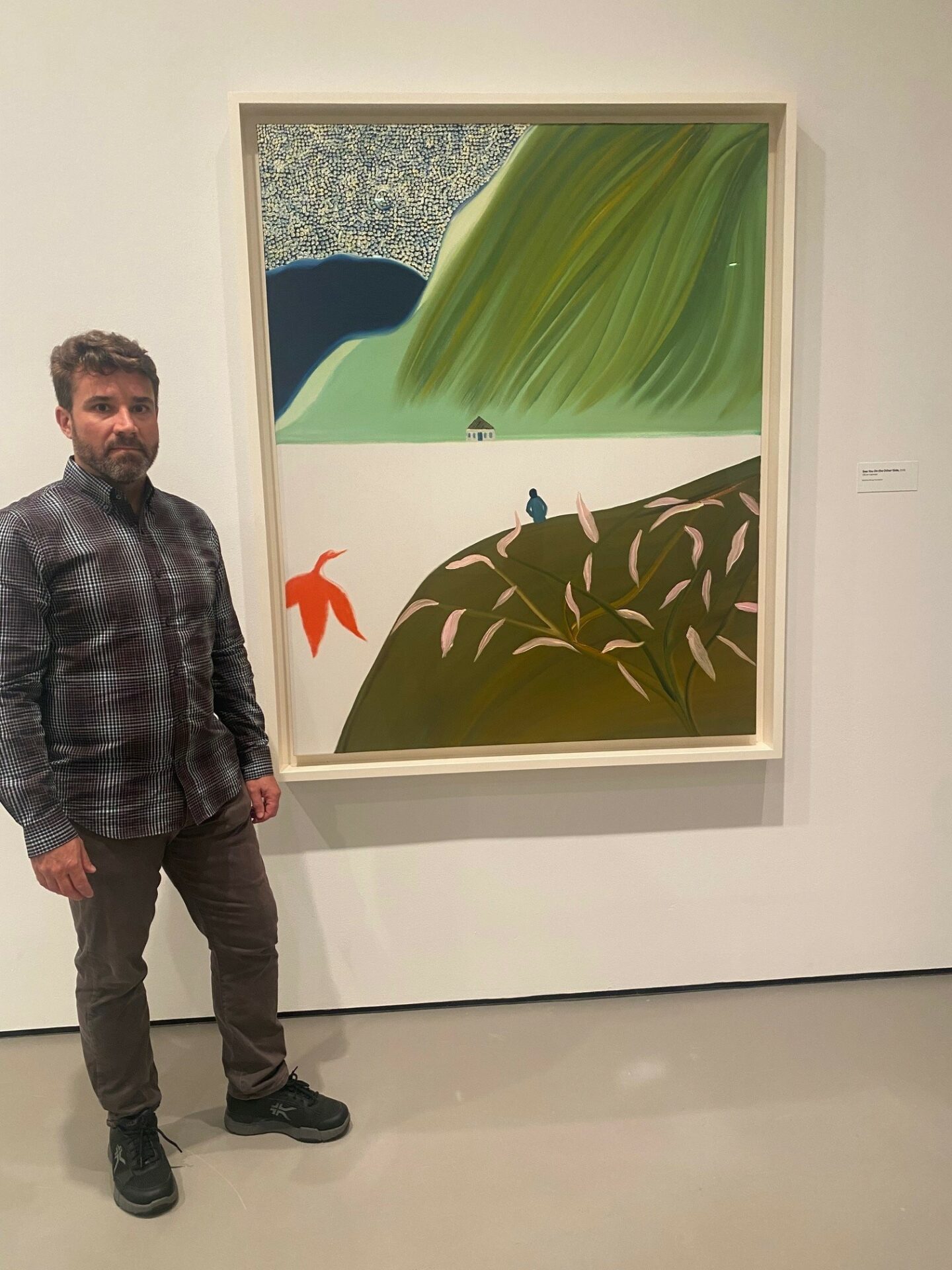
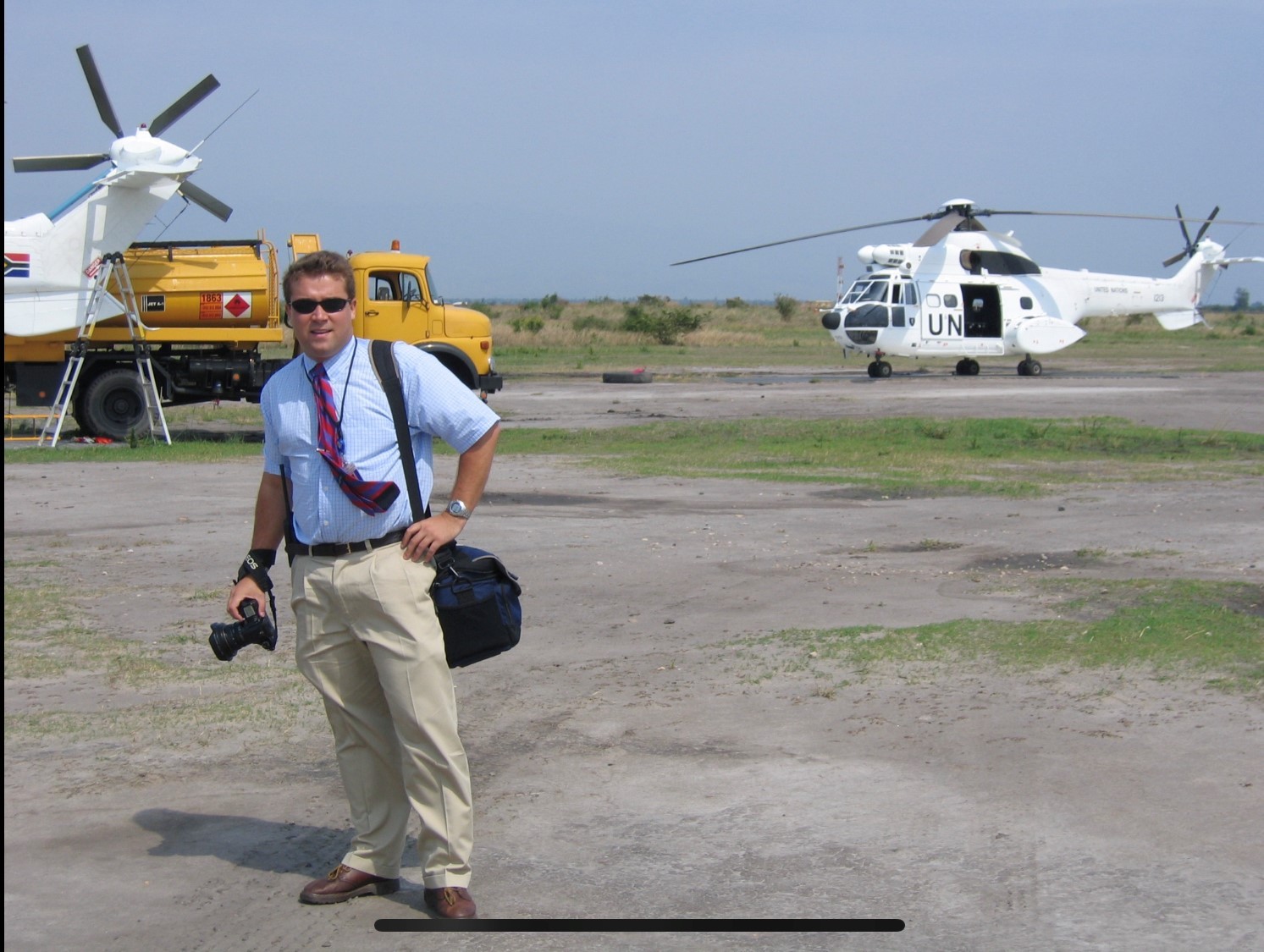
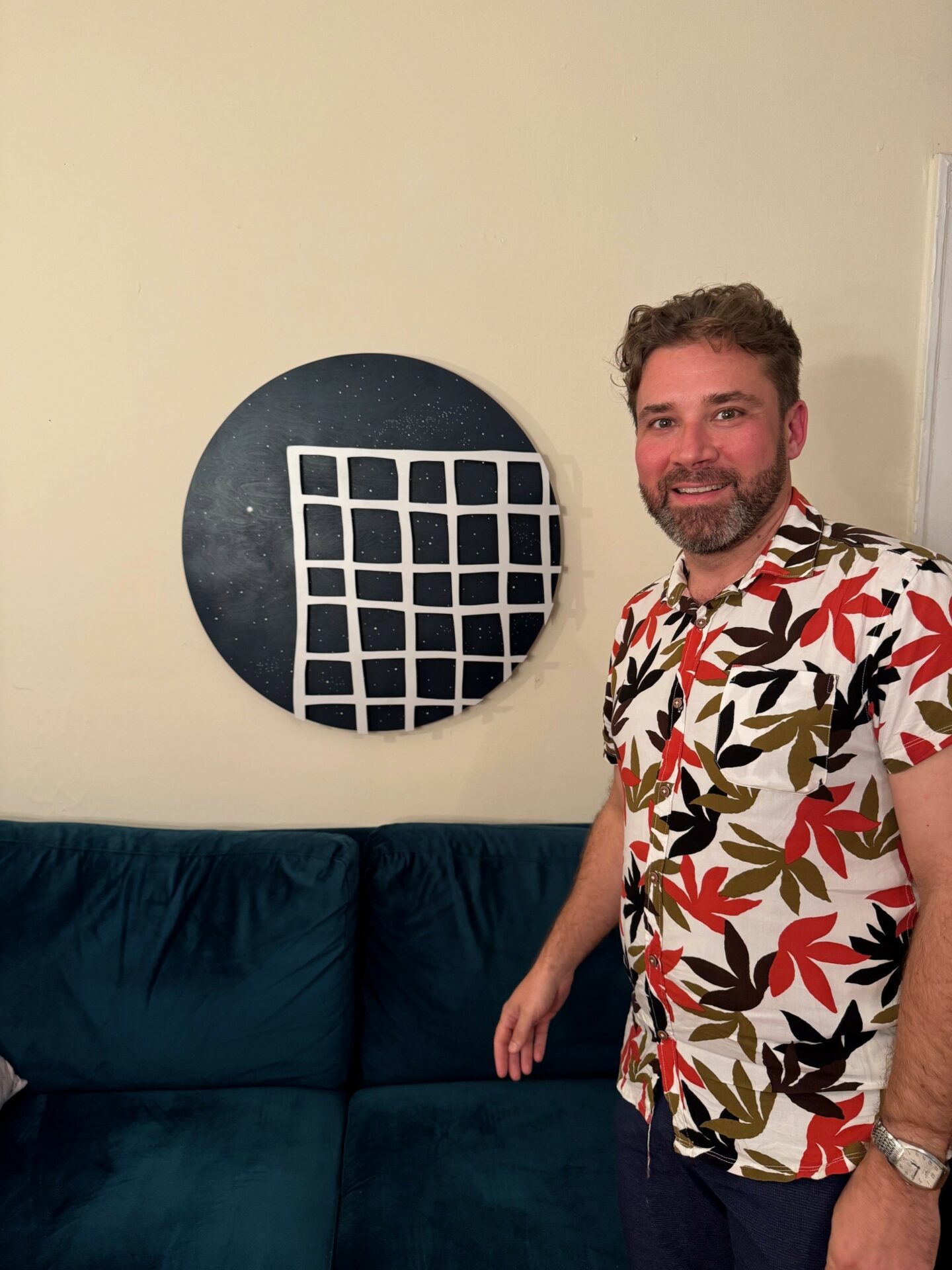
Image Credits
All photographs courtesy Matthew Blong


